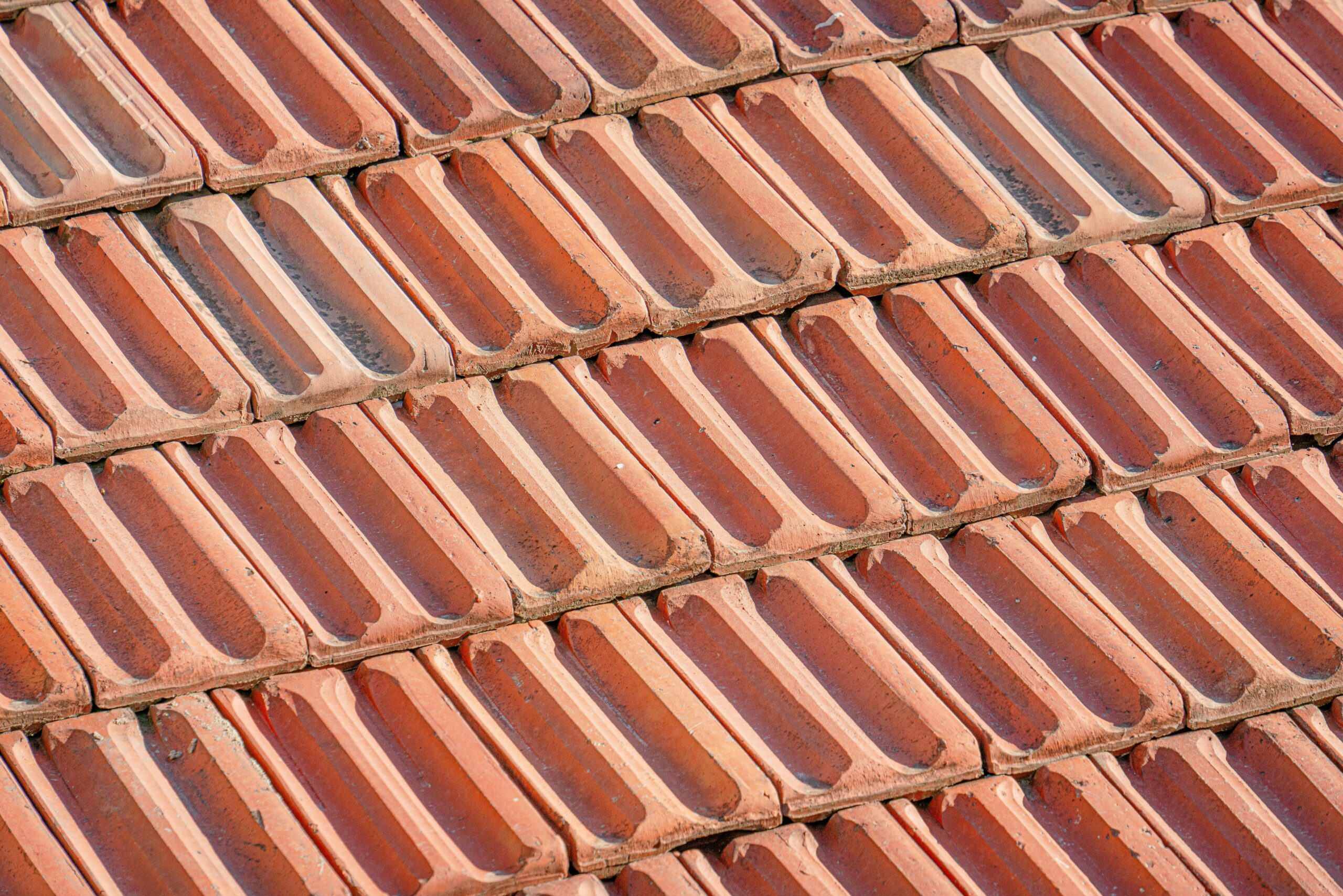As global temperatures rise and energy costs soar, homeowners and businesses increasingly turn to innovative solutions that can reduce their environmental impact and save money. Cool roof technology represents one such breakthrough, using specialized reflective roof coating materials to lower surface temperatures and decrease cooling demands. This article explores how cool roofs work, their numerous benefits, including energy cost savings, the various materials available, and how Energy Star roofing certifications can help consumers make informed choices. Whether you’re considering a roof replacement or upgrading your existing structure, understanding white roof advantages could significantly improve comfort and efficiency.
What Is Cool Roof Technology?
Cool roof technology is an innovative approach to roofing that focuses on reflecting sunlight and heat away from buildings rather than absorbing it. Traditional dark-colored roofing materials can reach temperatures of 150°F or more during hot summer days. In contrast, cool roofs stay 50-60°F cooler because they reflect a higher percentage of solar radiation. This reflection is achieved through specialized reflective roof coating materials or inherently reflective roofing products with high solar reflectance (the ability to reflect sunlight) and thermal emittance (the ability to release absorbed heat).
The science behind cool roofs is straightforward yet effective. When sunlight hits a cool roof, most solar energy is reflected rather than absorbed, preventing heat transfer to the building below. This simple principle has profound implications for energy efficiency, urban planning, and environmental sustainability. As climate concerns grow and utility costs increase, the cost analysis of cool roof benefits shows increasingly favorable returns on investment for property owners.
Types of Cool Roofing Materials
The market offers various reflective roof coating materials and systems to accommodate different roof types and budgets. For low-sloped roofs standard in commercial buildings, options include reflective roof coatings (typically white or light-colored), single-ply membranes, and modified bitumen sheets with reflective granules or cooling surfaces. Steep-sloped roofs found on most residential buildings can utilize reflective asphalt shingles, metal roofing with reflective pigments, or clay and concrete tiles treated with reflective coatings.
Among these options, the advantages of the white roof are particularly notable. White elastomeric coatings, for instance, can reflect up to 90% of sunlight, dramatically reducing roof temperatures. These coatings can be applied over existing roofing to extend its life and improve performance without a full replacement. Metal roofing with specialized reflective finishes combines durability with high solar reflectance, offering long-term performance that justifies the initial investment. As expert consultants at AskHomey often point out, the best choice depends on your specific climate, building structure, and budget constraints.
Energy Star Roofing: Setting Standards for Efficiency
To help consumers identify truly effective products, the Environmental Protection Agency (EPA) developed the Energy Star roofing certification program. This program sets minimum solar reflectance and reliability standards, ensuring certified products deliver on their energy efficiency promises. For low-slope roofs, products must have an initial solar reflectance of at least 0.65 and maintain a reflectance of 0.50 after three years of weathering. Steep-slope roofing has different requirements due to practical design considerations.
Choosing Energy Star roofing materials guarantees that your investment will deliver measurable benefits. These certified products have been tested and verified to meet performance standards, eliminating guesswork when comparing options. Many utility companies and government agencies also offer rebates and incentives for installing Energy Star-certified cool roofs, further enhancing the cool roof benefits cost equation for property owners.
Measuring the Benefits: Energy Savings and More
The financial appeal of cool roof technology stems primarily from reduced cooling costs. Buildings with cool roofs typically use 10-30% less energy for air conditioning, with savings varying based on climate, insulation levels, and building characteristics. These savings can be substantial in hot climates, sometimes paying for the additional cost of cool roofing materials within just a few years.
Beyond direct energy savings, cool roofs offer additional benefits that contribute to their value proposition. These include extended roof life due to reduced thermal stress and UV damage, improved indoor comfort in unconditioned spaces, decreased peak electricity demand, and reduced power plant emissions. On a broader scale, widespread adoption of reflective roof coating materials helps mitigate the urban heat island effect, where developed areas experience higher temperatures than surrounding rural areas due to heat-absorbing surfaces and human activities.
Implementation Considerations
While white roof advantages are significant, proper implementation requires consideration of several factors. In colder climates, the potential for increased heating costs (“winter penalty”) should be evaluated against cooling savings. However, studies show that summer cooling benefits outweigh winter heating penalties in most U.S. climates. Building codes and homeowner association rules may restrict roofing colors or materials, though many are updating regulations to accommodate energy-efficient options.
Proper installation and maintenance are crucial to realize the full cool roof benefits cost ratio. Even the most reflective materials will lose effectiveness if they are dirty or damaged. Regular cleaning and inspection can help maintain performance over time. Cool roof coatings offer a relatively simple retrofit option for existing buildings that can transform energy performance without significant structural changes.
For more tips and to connect with reliable home service professionals, follow AskHomey on Facebook and Instagram.



